Learn all about Sugarbushes (Protea)—how to grow them, care tips, uses, and where to buy in the USA. Your guide to these exotic beauties!
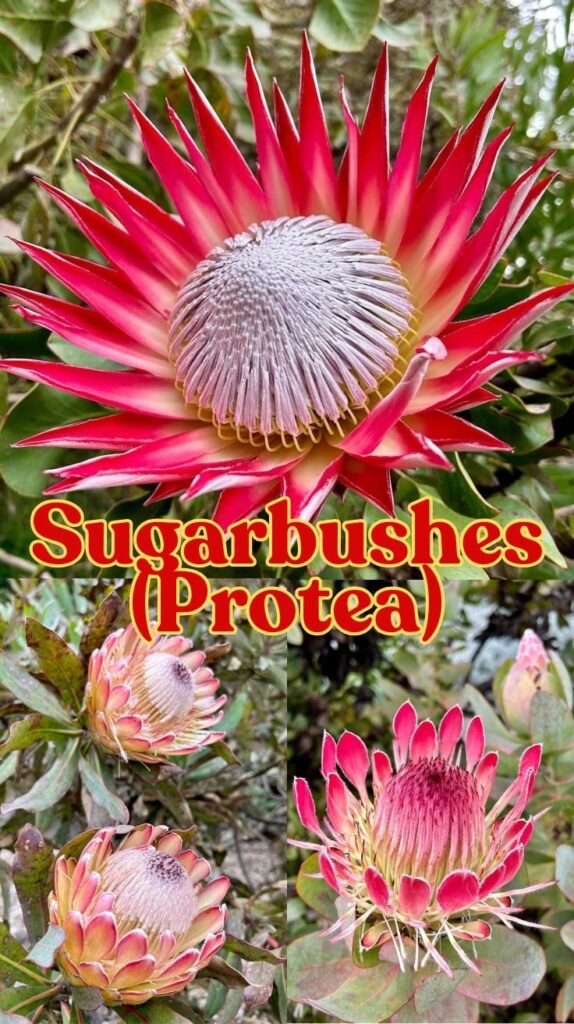
Hey there, fellow garden lovers! I’m Ashley Scott, and I’ve been getting my hands dirty in the garden for over 10 years now. If you’re on the hunt for a plant that’s bold, beautiful, and a little bit out of the ordinary, let me introduce you to Sugarbushes (Protea). These stunning flowers are like the rock stars of the plant world—eye-catching, unique, and guaranteed to make your garden the talk of the neighborhood.
In this guide, I’ll take you through everything you need to know about Sugarbushes (Protea)—from what they are, to how to grow them in the USA, to their many uses. Whether you’re curious about sugarbush protea care, wondering where to buy protea plants in San Diego, or just want to learn more about the protea family, I’ve got answers for you. So, grab a cup of coffee, and let’s dig in!
What Are Sugarbushes (Protea)?
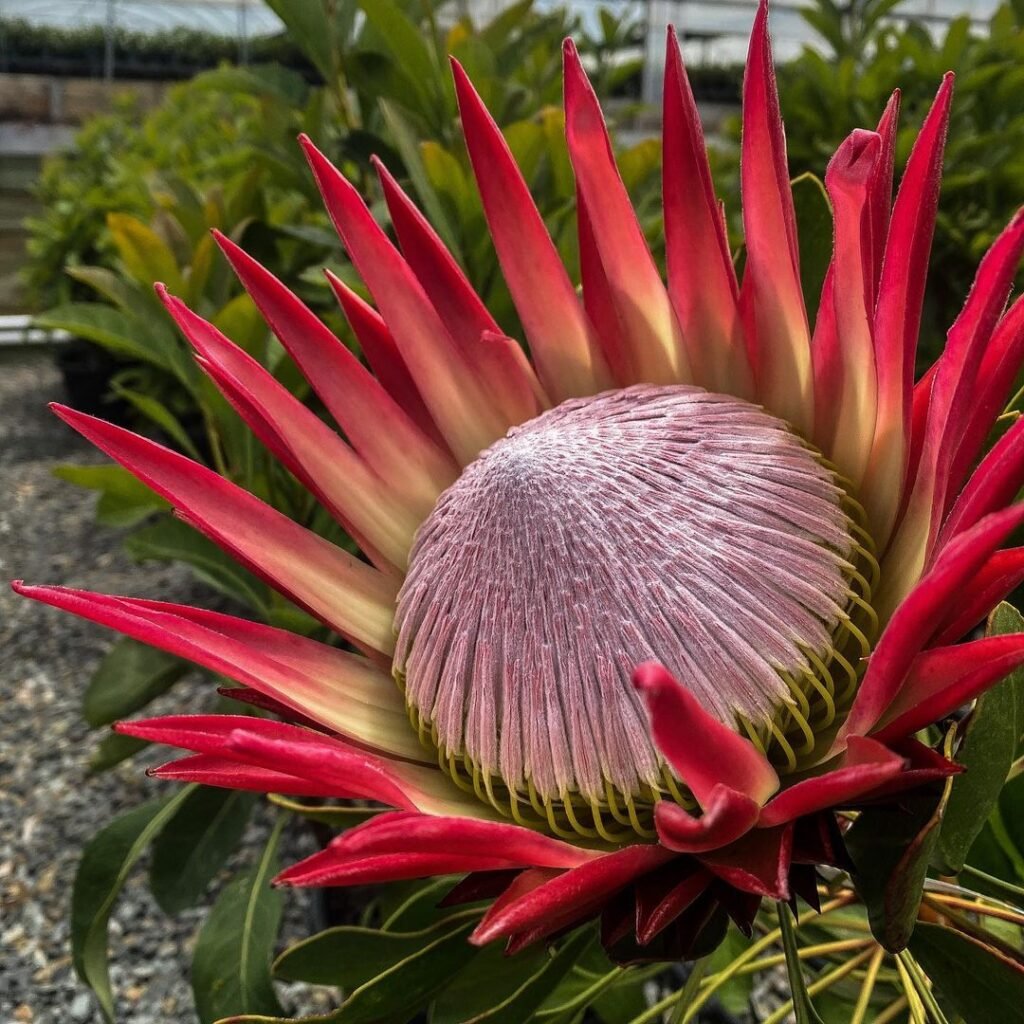
Sugarbushes (Protea) are flowering plants that hail from South Africa, part of the protea family (Proteaceae), which boasts over 1,400 species. Known for their large, vibrant flower heads, these plants are anything but ordinary. The name “Sugarbush” comes from the sweet nectar they produce, which attracts birds, bees, and even small critters. In South Africa, they’re a big deal—the King Protea Sugarbush is even the country’s national flower!
So, why should you care about these African protea plants? Well, they’re not just pretty—they’re tough, drought-tolerant, and perfect for adding an exotic flair to your garden. Plus, they’ve made their way across the globe, including to the USA, where gardeners like me can’t get enough of them.
Why Grow Sugarbushes?
- Stunning Looks: The sugarbush flower is a showstopper with its bright colors and unusual shapes.
- Wildlife Magnet: Birds and pollinators love the nectar.
- Low Fuss: Once they’re settled, they don’t need much pampering.
- Versatile: Great for gardens, floral arrangements, or even dried decor.
Understanding Sugarbushes (Protea)

Before you start growing these beauties, let’s get to know them a bit better.
What Do They Look Like?
Sugarbushes (Protea) are evergreen shrubs that can vary in size. Some stay low to the ground, while others, like the King Protea Sugarbush, can grow up to 10 feet tall. Their leaves are thick and leathery, and the flowers? They’re the real stars—big, bold, and made up of tiny blooms surrounded by colorful bracts (think modified leaves) that give them their signature look.
Popular Protea Species
There are tons of protea species out there, but here are a few you might want to try:
- Common Sugarbush (Protea repens): A tough little plant with cone-shaped flowers in shades like pink or white. It’s super adaptable!
- King Protea (Protea cynaroides): The biggest and boldest, with flower heads up to 12 inches wide.
- Oleander-leaf Protea (Protea nerifolia): Known for its narrow leaves and striking pink or cream blooms.
Each one brings something special to the table, so pick the sugarbush plant protea that vibes with your garden style.
Where Can You Grow Protea in the USA?
Wondering where can you grow protea here in the States? While they’re native to South Africa’s protea habitat—think warm, dry summers and mild, wet winters—they can adapt to certain U.S. climates.
Best Regions and Conditions
Sugarbushes (Protea) love a Mediterranean vibe, so they thrive in places like:
- California: Especially coastal areas and Southern California.
- Arizona and Texas: Parts with similar dry, warm conditions work well.
If you’re in a colder spot, don’t worry—you can grow them in pots and bring them inside when it gets chilly.
Soil and Sun Needs
These plants are picky about their home. Here’s what they need:
- Well-Draining Soil: Sandy or loamy is best—they hate soggy roots.
- Slightly Acidic: Aim for a pH of 5.5 to 6.5.
- Full Sun: At least 6-8 hours a day, though they’ll appreciate some wind protection.
How to Plant and Care for Sugarbushes (Protea)
Ready to get growing? Here’s your step-by-step guide to sugarbush protea care.
Planting Sugarbushes
You can start with sugarbush protea seeds or young plants. Here’s how:
From Seeds
- Prep: Soak sugarbush protea seeds in warm water for 24 hours to wake them up.
- Soil: Use a well-draining seed mix.
- Depth: Plant seeds about 1/4 inch deep.
- Warmth: Keep them at 70-75°F.
- Wait: Germination can take 3 weeks to 3 months—patience is key!
From Plants
- Pick Healthy Ones: Look for strong stems and no yellow leaves.
- Dig: Make a hole twice as wide as the root ball, but not deeper.
- Space: Give them 3-5 feet apart, depending on the type.
- Water: Give a good soak after planting, then let the soil dry out.
Caring for Your Protea
Here’s how to care for protea plant once it’s in the ground:
- Watering: Deep but infrequent—let the soil dry between drinks to avoid root rot.
- Fertilizing: Use a low-phosphorus fertilizer in spring and fall. Too much phosphorus can hurt them.
- Pruning: Trim after blooming to shape them up and encourage new growth.
- Mulching: Add bark or compost around the base (but not touching the stem) to keep moisture in.
Sugarbush Protea Uses
So, what can you do with these plants? Plenty! Here are some sugarbush protea uses:
In the Garden and Home
- Eye-Catcher: The sugarbush flower makes a bold statement in any garden bed.
- Cut Flowers: They last ages in a vase—perfect for sprucing up your space.
- Dried Decor: Dry them for wreaths or crafts that last all year.
For Wildlife
- Birds: Hummingbirds can’t resist the nectar.
- Pollinators: Bees and butterflies love them too.
Cultural Connection
In South Africa, Sugarbushes (Protea) are a symbol of resilience and beauty. Growing them feels like bringing a piece of that heritage to your backyard.
Common Challenges and Fixes
Even the toughest plants have their struggles. Here’s what to watch for:
Pests
- Aphids: Tiny bugs on new growth—blast them off with water or use soap.
- Scale: Look for brown bumps on stems. Treat with horticultural oil.
Diseases
- Root Rot: Too much water is the culprit. Stick to well-draining soil.
- Leaf Spot: Fungal spots on leaves—remove them and boost airflow.
Weather Woes
- Frost: They don’t like the cold. Use pots in frost-prone areas.
- Humidity: High moisture can cause fungus—keep air moving around them.
Where to Buy Protea Plants in the USA
Ready to snag some Sugarbushes (Protea)? Here’s where to look:
- Local Nurseries: Especially ones with exotic or Mediterranean plants.
- Online: Check out Annie’s Annuals or Plant Delights Nursery.
- San Diego Specific: If you’re wondering where to buy protea plants in San Diego, try local spots like the San Diego Zoo’s plant sales.
Pick plants that look healthy and match your climate.
My Personal Protea Journey
I’ve got to be honest—my first go at growing Sugarbushes (Protea) wasn’t all smooth sailing. I overwatered like crazy, thinking they’d love it, and ended up with some sad, soggy roots. Lesson learned! Once I figured out their love for dry soil and sunshine, they took off. Now, my Common Sugarbush (Protea repens) is the star of my garden, and I’m hooked.
A few tips from my trial and error:
- Start Simple: Go with a hardy type like Protea repens if you’re new.
- Be Patient: They grow slow, but those blooms are worth it.
- Test Locations: Mine thrives with morning sun and a bit of afternoon shade.
Your garden’s unique—play around until you find what works!
Wrapping It Up
Sugarbushes (Protea) are more than just plants—they’re a statement. With their gorgeous sugarbush flowers, wildlife appeal, and easy-going nature, they’re a must-try for any USA gardener looking to spice things up. Whether you’re in California or growing them in a pot, these African protea beauties will reward you with years of wow-factor.
So, what do you say? Ready to give sugarbush protea a spot in your garden? I’d love to hear how it goes—drop a comment or question below. Happy planting!

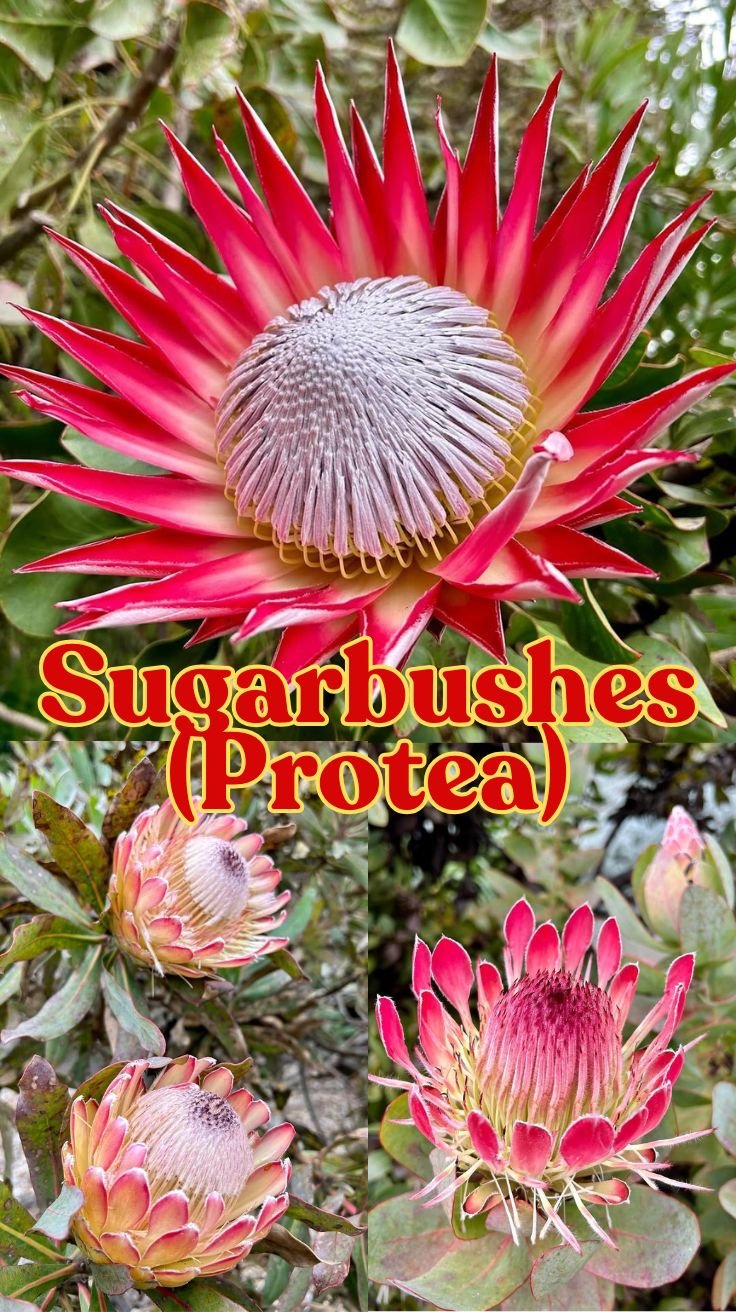
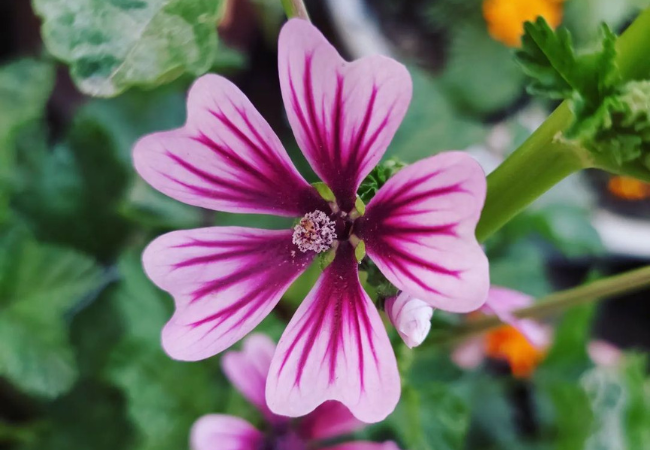
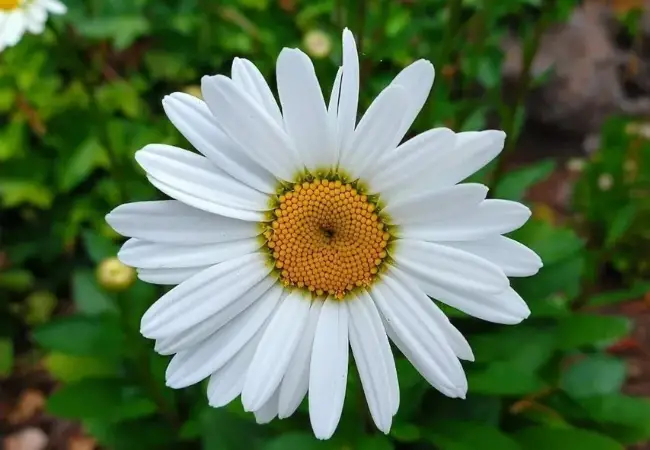



2 Comments on “Sugarbushes (Protea): Your Guide to Growing These Exotic Beauties”